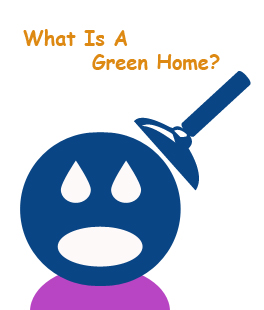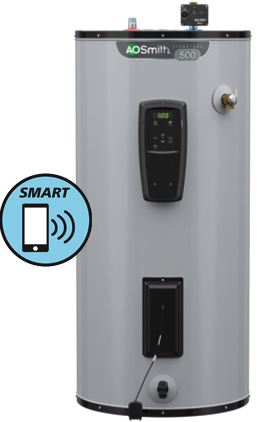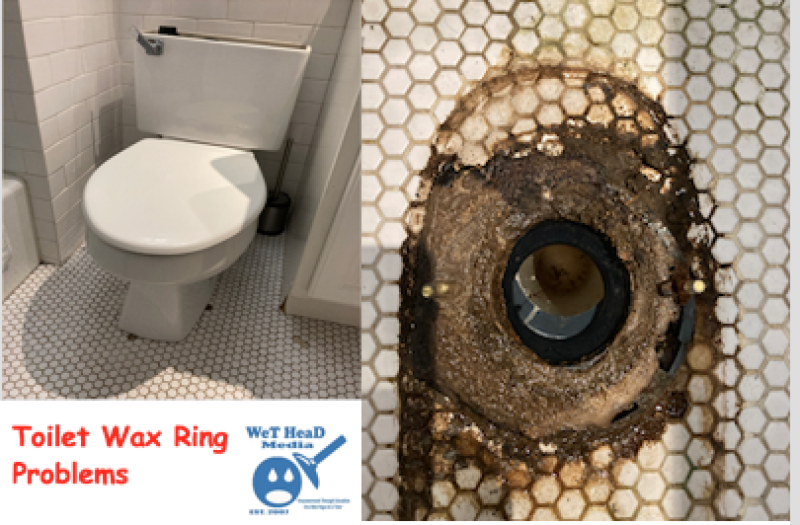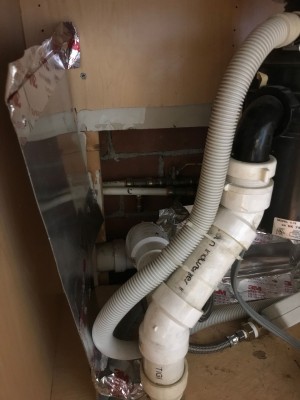What Is A Green Home?
What makes a home green? Does it need to be solar powered? Must it have radiant floor heating? Is it built from recycled materials only? Should it be tiny, leaving a small footprint? While smaller is better in the green building world, there are many different ways to increase the greenness of a new or older home. The term green refers not only to building materials, but also to the energy efficiency, human healthiness, design, construction, maintenance, operation and removal of waste.
While smaller is better in the green building world, there are many different ways to increase the greenness of a new or older home. The term green refers not only to building materials, but also to the energy efficiency, human healthiness, design, construction, maintenance, operation and removal of waste.
The ways to reduce energy use includes increasing the insulation between walls, ceilings and floors. In low-energy homes solar power is implemented . The use of awnings, trees and porches to shade windows, walls and roofs during the summer is important, while maximizing solar use in the winter is effective.
Strategic window placements can also provide a natural light and reduce the need for electric lighting during the day. Solar water heating also reduces the energy loads. Renewable energy with solar, wind and hydro provides the smallest footprint while power generation is considered the largest and most expensive.
Good health is essential not only for us but also for our families. We want to protect our families from dangerous contaminants indoor as well as outdoors. Thus, it is important to reduce volatile organic compounds, or VOC’s, and other air impurities. Many building materials and cleaning products emit toxic gases, such as formaldehyde. Properly ventilating bathroom and kitchens can help your whole family breathe easier. And, choosing less-toxic versions of paints, carpets, counter tops (granite especially since it emits Radon) and other material can go a long way to improving your home’s indoor-air quality.
To further reduce your footprint, invest in plumbing fixtures that make water savings automatic. If your toilets are the older models that use 5 gallons of water with every flush, buy low-water versions that use 1.6 gallons or less. The Environmental Protection Agency has a new Water Sense designation for faucets, shower heads and even lawn-watering fixtures that uses less water which we need to sustain life on our planet.
A good plan is to replace older, energy-inefficient items. Trade single-pane windows for double-pane versions; switch all of the incandescent light bulbs in the house to compact fluorescent lights or even LEDs, choose new kitchen appliances that are Energy Star-rated.
There is an old saying that one man’s junk is another man’s treasure. Instead of just tossing discarded items into landfills try to recycle as much as possible. Offer things that can be reused even, if for another purpose lots of times, to neighbors or friends. Hold a yard or garage sale in the summer months and in the winter donate to thrift stores, goodwill’s or shelters. On garbage pick- up day, sit the item by a tree in the front of the house with a sign saying, “free.” Craig’s list is another resource or your local newspaper or a church rummage sale. All plastics, glass and paper should be separated and placed in bins, and copper and other metals can be sold to local scrap yards for money. This could be put to good use in your home to further making it green.
In years past, turning one’s brown home green was a luxury, however, in this economy, when energy costs continue to skyrocket; adding green features to a home is an absolute necessity.




It would be hard to make a completely green home, and retroactively making a house green would prove to be even more difficult. Replacing inefficient appliances and lights with greener ones over time, though, could go a long way towards making homes more and more energy efficient. Green has shades, too ;)